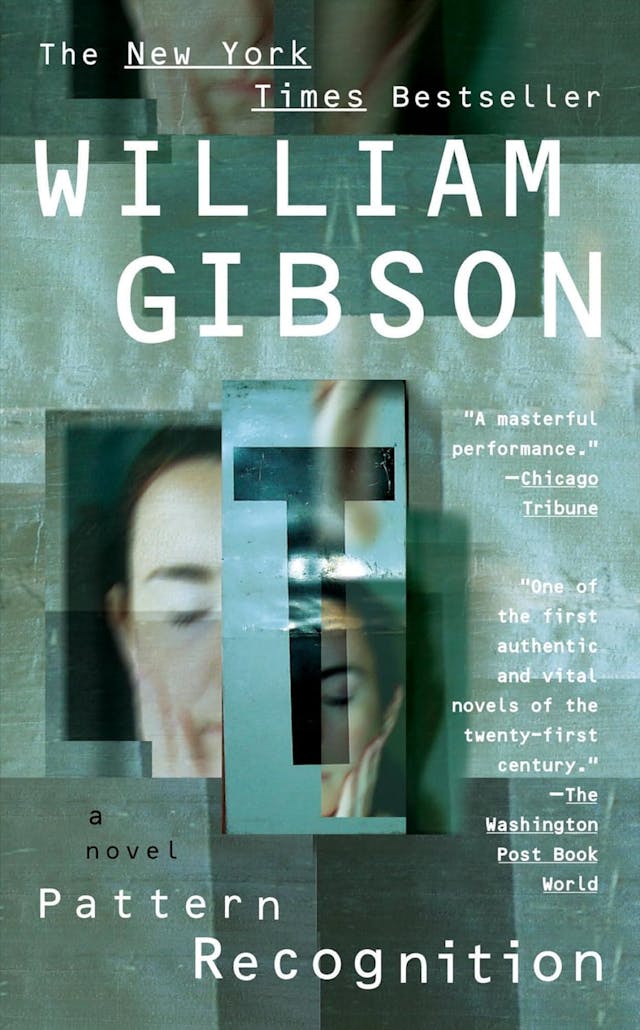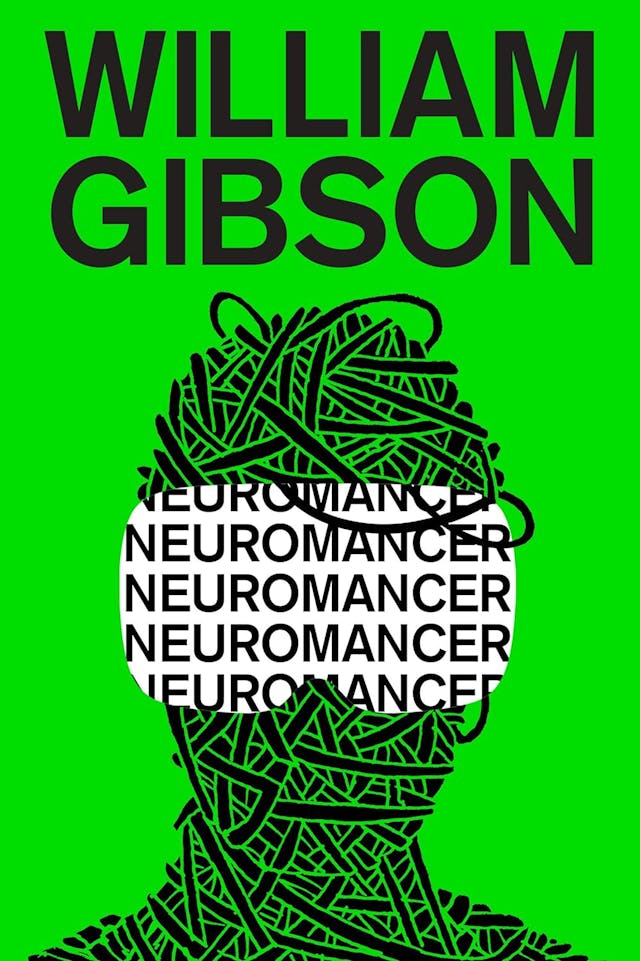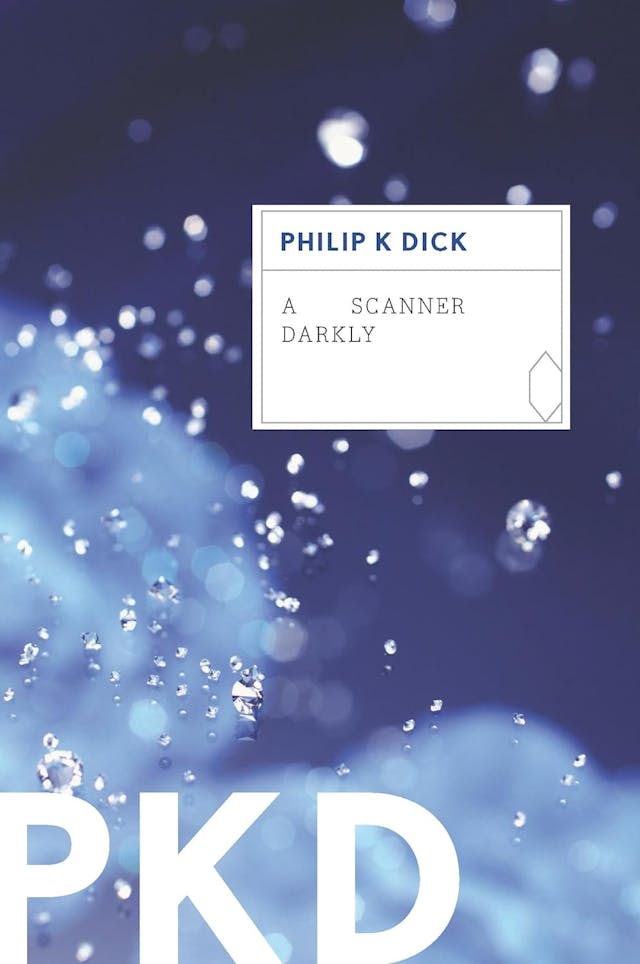Joanne McNeil | June 10, 2019
Why is this interesting? - The William Gibson Edition
On William Gibson, writing, and in-between spaces
Recommended Products

Joanne McNeil's book about the transformation of people into users in the digital landscape.

A novel by William Gibson that explores themes of technology, globalization, and culture.

A seminal cyberpunk novel by William Gibson that has influenced much of modern science fiction and internet-centric culture.

A novel by J.G. Ballard about a man stranded on a section of abandoned land created by several intersecting motorways.

A dystopian science fiction novel by Philip K. Dick that explores themes of identity, surveillance, drug use, and paranoia.
Joanne McNeil (JOMC) originally wrote today’s email for her excellent newsletter All My Stars. We liked it so much that we asked if she would mind us running it here. Joanne’s got a fascinating-sounding book coming out next year called Lurking: How a Person Became a User. From the promotional site: “she charts what it is that brought people online and what keeps us here even as the social equations of digital life—what we’re made to trade, knowingly or otherwise, for the benefits of the internet—have shifted radically beneath us.” You can (and should) pre-order at Amazon. - Noah (NRB)
Joanne here. A couple weeks ago, I picked up Pattern Recognition and reread it. It holds up really well—just as I expected—because now that moment of online communications feels so distinctly of the past, while totally natural to include in the text.
One of the nice things about reading William Gibson is that you can learn from him. Philip K Dick and J. G. Ballard are so entirely in their own spirits that you can only admire rather than wish to imitate them. A writer who tries to do something Ballard-like ends up transparently riffing off Ballard. A writer who tries to learn from PKD will only end up with a clumsy homage. But there are stylistic tricks and techniques Gibson employs that can be borrowed like his attention on the sentence level, general story mechanics, and pacing. Even characterization—Cayce is so subtly brought to life and so recognizable; he makes interesting choices to describe certain mundane tasks, while leaving other aspects of her as an enigma.
That's not to say Gibson hasn't been ripped off and constantly. That is why, having moved on to a reread of Neuromancer, I am trying hard to image what it must have been to read the book with fresh eyes in 1984 — back before there was much of a "consensual hallucination" between hardware and through networks. That novel has been so absorbed by the culture, especially the internet-centric culture we have now; it's like trying to assess the merits of something like Citizen Kane.
Why is this interesting?
I started taking notes while rereading Neuromancer, because I had this idea that no one has yet to write a great long critical piece about William Gibson's body of work. I thought I could probably do a good job on such a piece, because while he's an influence on my work, his books aren't as elemental to me as say, Concrete Island or A Scanner Darkly. And if I were to read and reread all his work starting now, I could probably have a long essay together in time for his next novel which drops in January.
Then, I wondered if I actually wanted to write this piece or I felt motivated simply because of the absence of anyone else accomplishing it and my own perception that I might do a good job.
There’s the writing I want to be doing—that fully engages my imagination, that is risk-taking, and might not command a huge audience, but when it is well-received, there is no better feeling. There's the writing that I know will always whip up attention when I want that. And there's writing that helps me feel less precious about publishing, such as this newsletter, which I think of as like an ice rink figure skaters practice on that is open to the public. Nothing written here is ever perfect, but it isn’t meant to be, either.
There are other kinds of writing, but for the purpose of this being an imperfect space, let's stick with these three kinds. In no category does a 7,000 or so word critical essay about all of William Gibson's novels fit in. Nor would any possible publication pay particularly well for such a piece, for that matter. I don’t have all the time in the world so I have to make choices about what to write and when and why. But it was a nice idea for a moment; so instead I’m describing this discarded idea as I pirouette on my little ice rink. I have stopped taking notes, but I continue to imagine myself as a my-age person encountering it in 1984 while I reread Neuromancer. That makes it more fun. (JOMC)
Poster of the Day:
The Type Directors Club (which I’ve never heard of) has an amazing-looking exhibition of IBM posters in NYC until August. Even if you can’t make (I’m going to try), the website featuring the posters is full of inspiring design. (NRB)

Quick Links:
Robin Sloan on the “flip-flop”: “the process of pushing a work of art or craft from the physical world to the digital world and back, often more than once.” (NRB)
Million Short is a search engine that allows you to remove the top 100, 1000, 10k, or 100k sites from the results to give you a different view on what’s out there. “In creating a differentiated search, we aim to provide alternative methods for organizing, accessing, and discovering the vast web of information on the Internet.” (NRB)
Getting caught in Airdrop crossfire. (CJN)
Thanks for reading,
Noah (NRB) & Colin (CJN) & Joanne (JOMC)